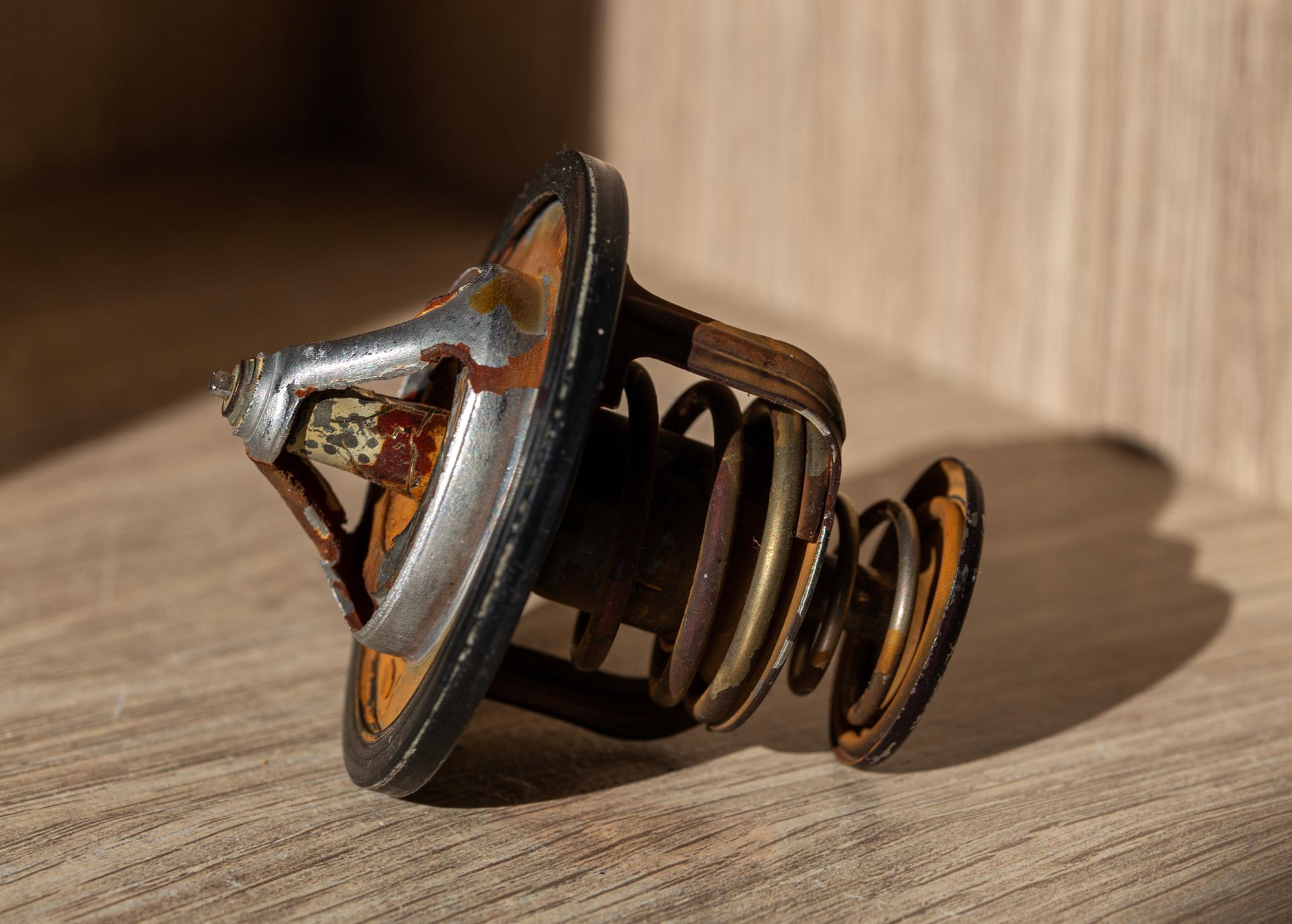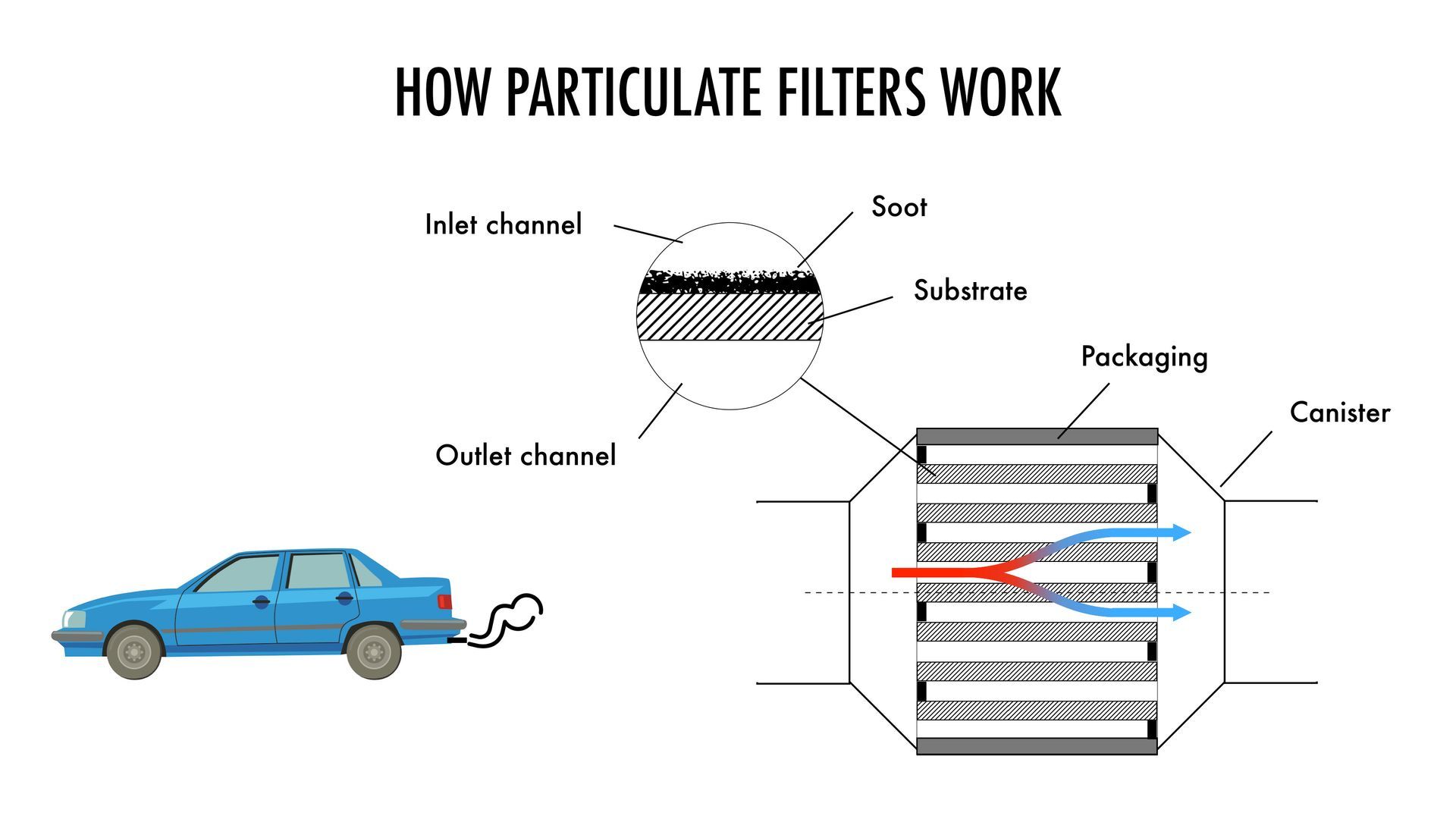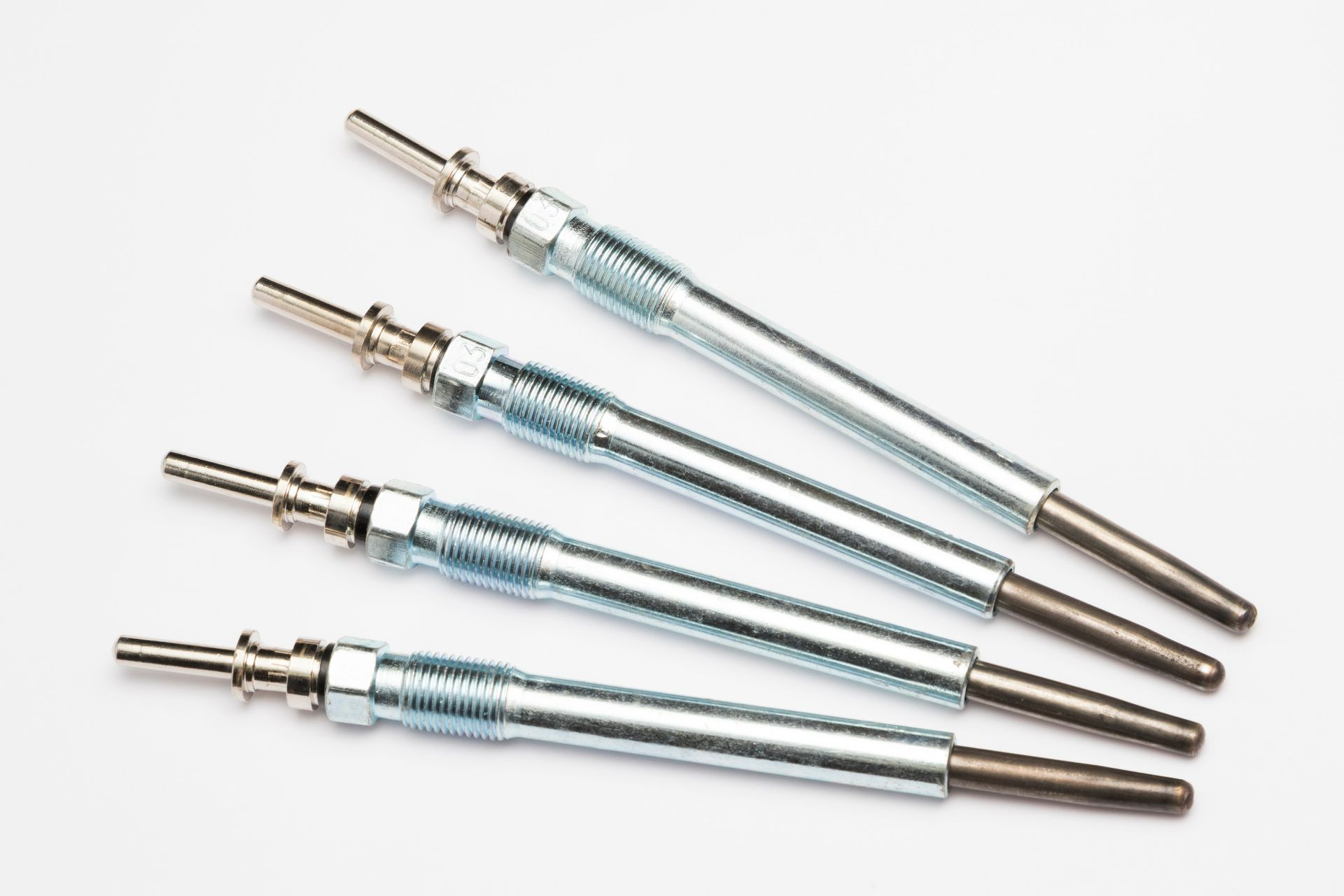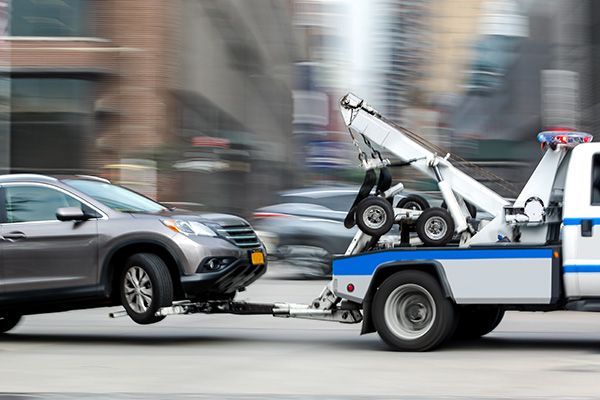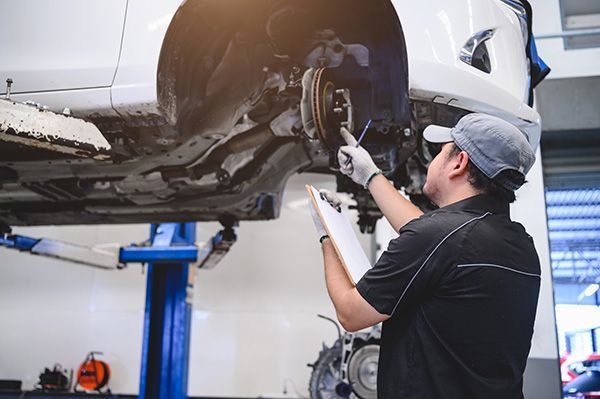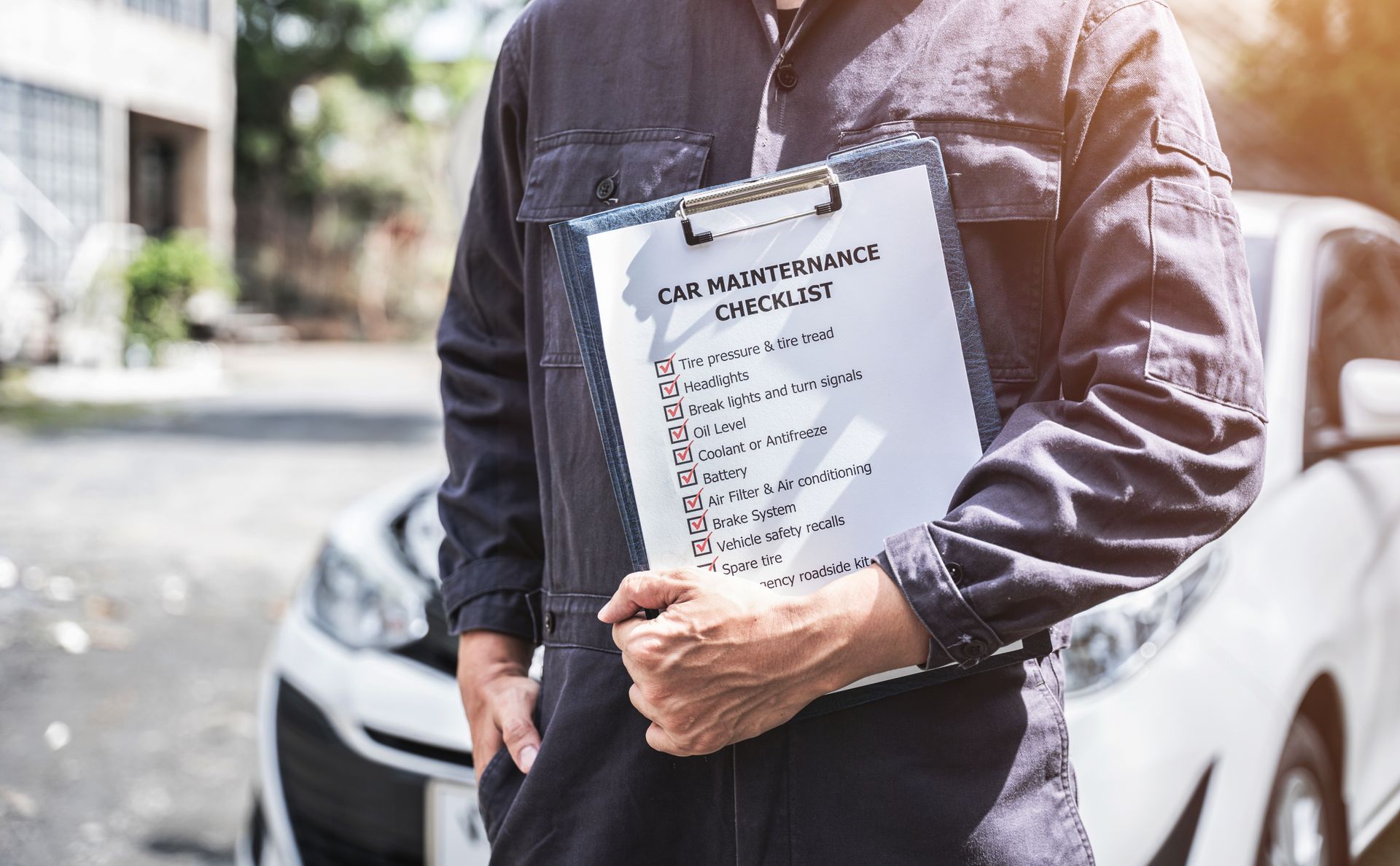Your car’s cooling system works nonstop to keep your engine from overheating, but over time, the coolant that regulates temperature can become dirty or lose its effectiveness. If left unchecked, old coolant can lead to corrosion, clogs, and even serious engine damage. A coolant flush removes built-up debris and replaces worn-out antifreeze, helping your engine stay protected. But how can you tell when it’s time for a flush?
Signs Your Car Needs a Coolant Flush
Discolored or Dirty Coolant
Coolant should be bright in color—typically green, orange, pink, or yellow, depending on the type used in your vehicle. If your coolant looks dark, murky, or rusty, it means contaminants have built up in the system. Dirty coolant loses its ability to regulate engine temperature and protect internal components, making a flush necessary.
Overheating Engine
One of the most obvious signs of coolant trouble is an overheating engine. If your temperature gauge rises above normal, or you see steam coming from under the hood, your cooling system may not be functioning correctly. Low or degraded coolant can’t effectively remove heat from the engine, leading to serious damage if not addressed.
Coolant Leaks or Low Coolant Levels
If you frequently find yourself topping off your coolant, there may be a leak in the system. Puddles of green, orange, or pink fluid under your car indicate a coolant leak, which can be caused by cracked hoses, a failing radiator, or a worn-out water pump. A coolant flush can help clear out the system and identify any leaks that need repair.
Heater Isn’t Working Properly
Your car’s heating system relies on hot coolant to produce warm air. If you notice weak or no heat coming from your vents, it could be due to sludge buildup or low coolant levels. Flushing out old coolant helps remove blockages and restores proper heating function.
Unusual Smells from the Engine or Vents
A sweet, syrup-like smell coming from your engine or inside the cabin usually means there’s a coolant leak. If coolant is leaking onto hot engine components, it can create a burning odor. This issue should be checked immediately, as low coolant levels can lead to overheating.
Why a Coolant Flush Is Needed
Over time, coolant becomes contaminated with dirt, rust, and metal particles that can clog the radiator and damage internal components. A coolant flush removes these harmful deposits and helps:
- Prevent overheating by ensuring proper heat transfer.
- Protect the radiator and cooling system from corrosion and scale buildup.
- Maintain optimal engine performance by keeping temperatures stable.
- Improve heater function by ensuring proper coolant flow.
- Regular coolant flushes extend the life of your engine and prevent costly breakdowns.
How Often Should You Get a Coolant Flush
The recommended interval for a coolant flush varies depending on your vehicle’s make and model. Some cars require a flush every 30,000 to 50,000 miles, while others with extended-life coolant can go up to 100,000 miles. Checking your owner’s manual or consulting one of our professionals will help determine the right schedule for your car.
Get a Professional Coolant Flush at Proper Service of Baldwin Place
If you’ve noticed signs of dirty coolant, overheating, or leaks, it’s time for a cooling system inspection. A coolant flush can prevent major engine damage and keep your car running efficiently, especially as temperatures rise. Don’t wait for an overheating warning light—keeping up with routine maintenance ensures your engine stays protected.
Not sure if your coolant is doing its job? Visit
Proper Service of Baldwin Place in Baldwin Place, NY, and Croton Falls, NY, for a full cooling system inspection and professional coolant flush.

